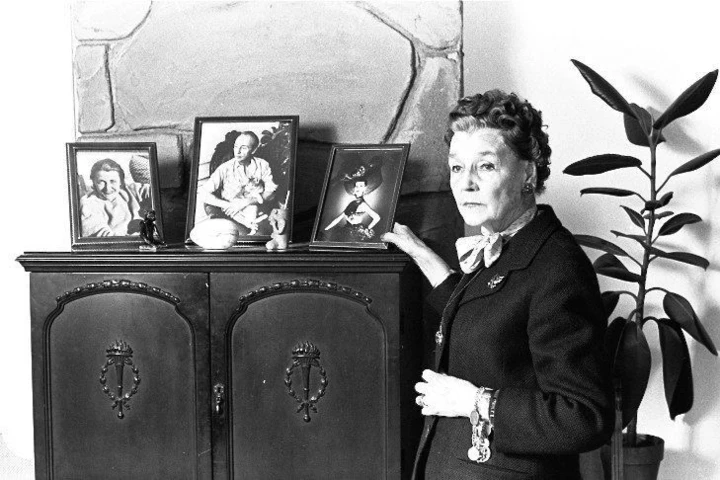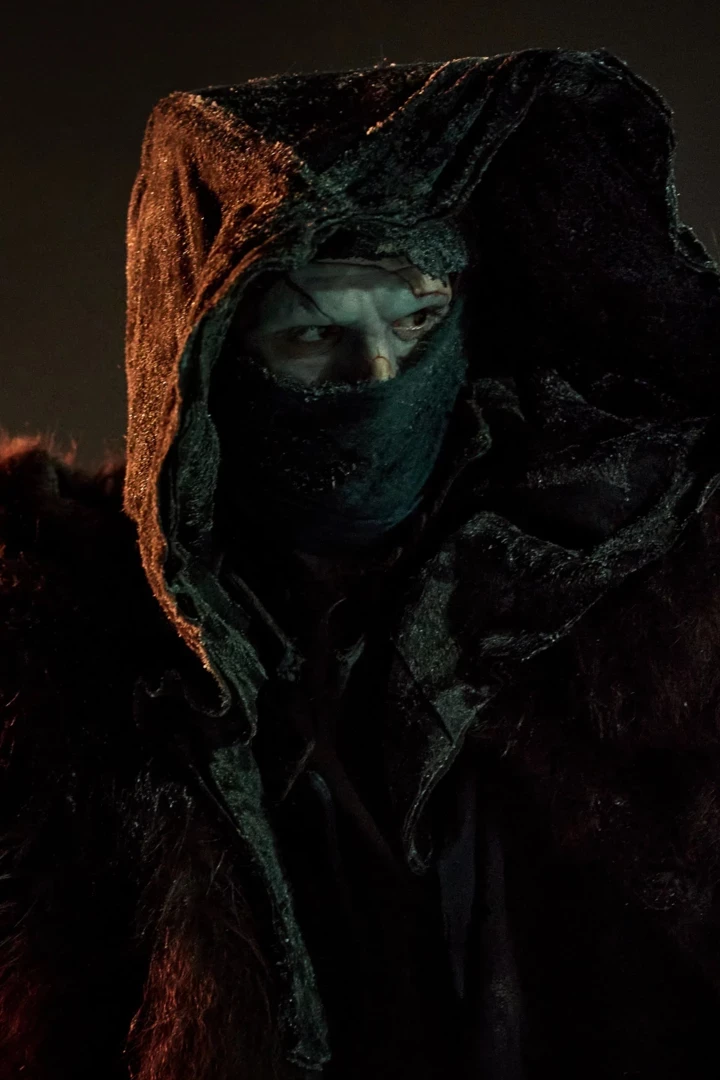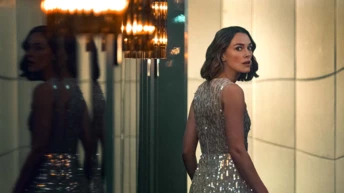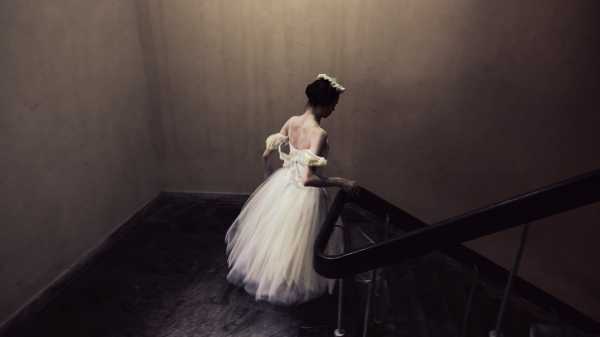
Save this storySave this storySave this storySave this story
I admit that I don’t usually like photography of dancers. It makes them look like buildings—solid, structured, and immovable. It stops time, the essence of dance, and freezes the dancer in a single moment, often a spectacular or perfect pose. (Look how high! See how beautiful!) Spontaneity, hesitation, speed, imperfection, and the unintended whispers of the body disappear.
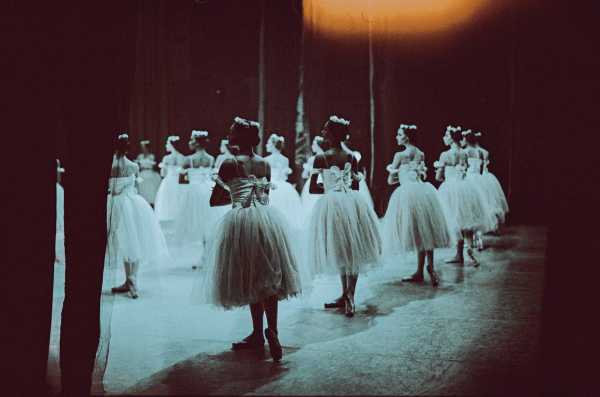
Perhaps this is why I was immediately drawn to Diana Markosian’s photographs of women dancers with the Cuban National Ballet. Markosian’s dancers almost never appear solid but instead slump, fray, duplicate, and mist at the edges. An arm dissolves into an X-ray-like wisp, or a froth of tulle. These are melancholy and internal creatures, and I found myself thinking of them as refugees in flight from their own bodies, or perhaps from the decaying world they inhabit. Their youthful frames appear less as spine and bone than as a fluid collection of thoughts and associations held together, barely, by a thin cover of translucent skin.
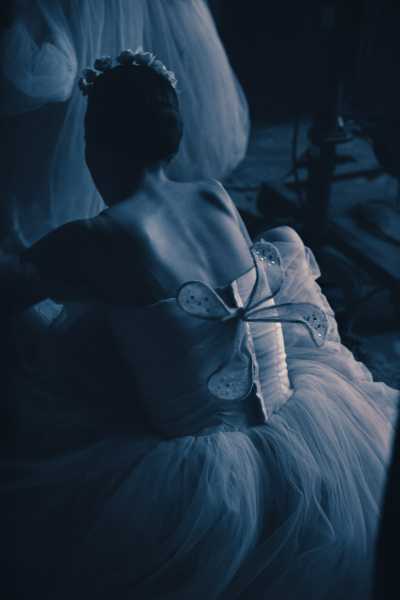
The photos were taken backstage, and we see the corps de ballet dancers busily lacing, strapping, and gluing in preparation for a performance of “Giselle,” a staple of the National Ballet’s repertory. We know it is “Giselle” from the costumes, long white tulle skirts with touches of green and cherublike wings attached to the bodice, just below the shoulder blades—an image of impossible flight that seems to fascinate Markosian. She shows the corps as a kind of sisterhood, crowded together in a small dressing room; we see a dancer peering at herself in a narrow bathroom mirror, intently focussed on smoothing the fabric over her bust, while another dancer stands by in profile, and a third, behind her, is reflected in the mirror, watching.
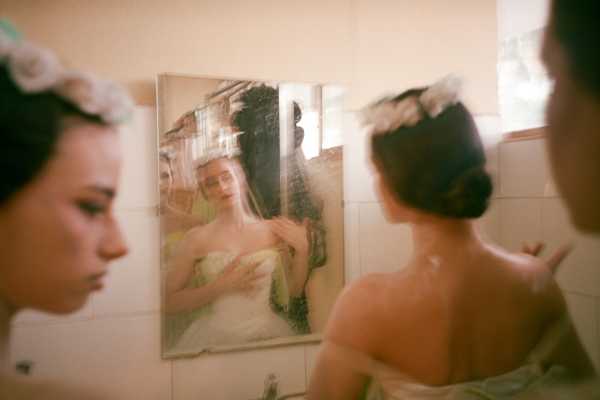
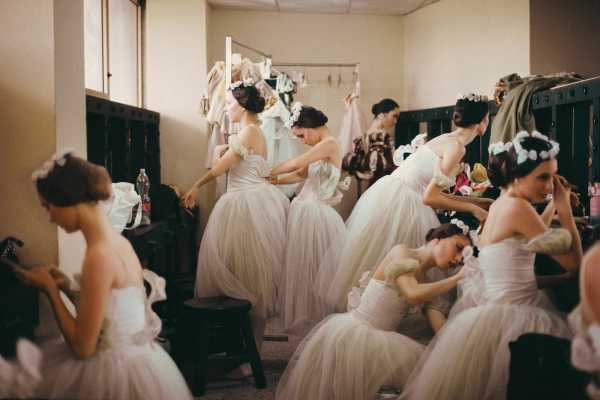
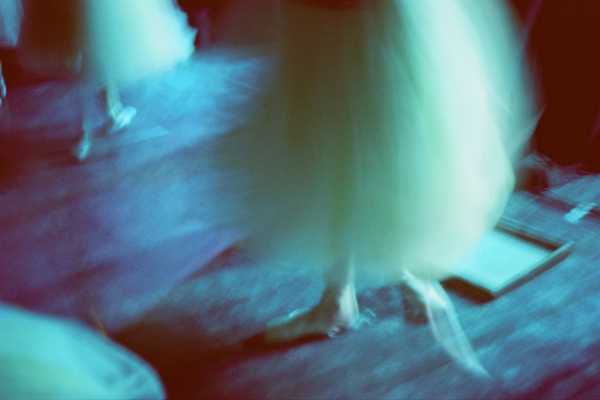
One of my favorite images is of the dancers, blurred almost to the point of evaporation, hovering over the rosin box, pressing their bare heels and the soles of their toe shoes into the crystallized sap that will glue their heels into their shoes and—as we later see—help their feet stick to the floor when turned out a hundred and eighty degrees. The only time the dancers seem substantial is when we see them onstage: shot from the wings, dutifully posed, a bit brittle. Around them, the theatre has an aura of corrosion—dark stairways, old fixtures, dank stage.
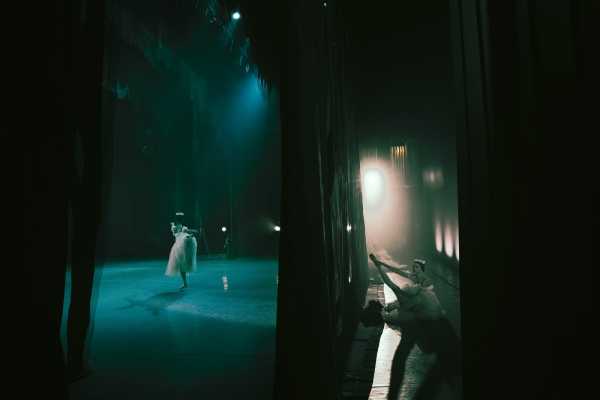
The photograph that stayed with me the longest is one in which four dancers are splayed on the wooden stage floor, right up against the heavy curtain, perhaps after it has just come down. I have never seen dancers sprawled like this, on the ground in full costume, so close to the curtain. The curtain is like a precipice, and they are at the edge—of the audience and of the vertiginous drop into the orchestra pit on the other side. It is an image of utter alienation, each dancer collapsed in on herself.
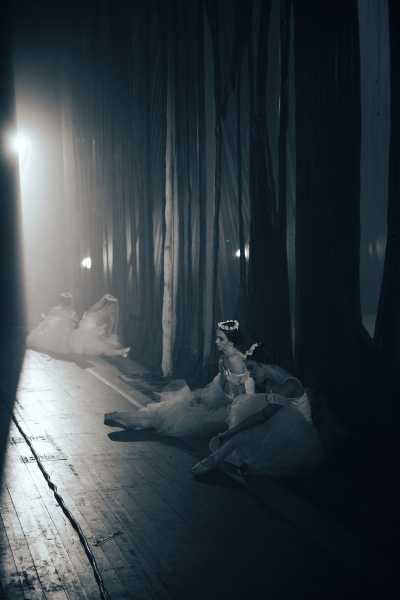

Which brings us to Markosian’s bride—a veiled shadow against green light. Don’t forget that Giselle is a simple woman who goes mad and dances herself to death after her beloved, an aristocrat already engaged to royalty, betrays her. The corps de ballet are dead brides, too; betrayed by men who died or left before their wedding day, they will kill in vengeful rage any man who comes into their midst. Markosian’s bride immediately calls to mind the image of Alicia Alonso, a mythic figure in twentieth-century ballet, a renowned Giselle, and the founder of the Cuban National Ballet. Born in Havana in 1920, Alonso had an international career and soon formed a company of her own back in Cuba. After Fidel Castro came to power, in the 1959 Revolution, he made Alonso’s company a national one, conceived along Soviet lines, with feeder schools and enviable state funding. Alonso built a world-class company and a devoted audience, making ballet one of the country’s most important Cold War cultural monuments. (She also trained some terrific dancers, a number of whom defected.) As in the Soviet Union, ballet was conservative and classically based. Alonso was the National Ballet’s star dancer and directed the company until just before her death, at the age of ninety-eight, in 2019 (three years after Castro died).
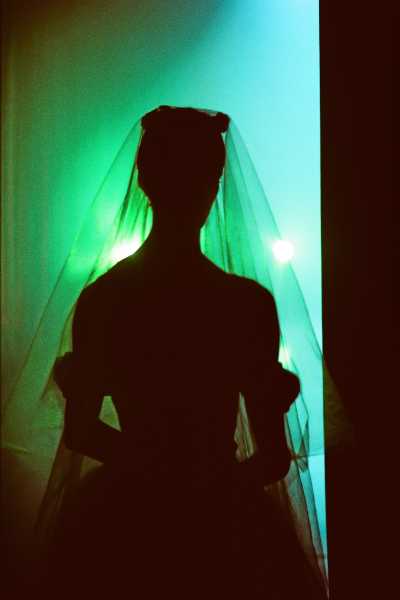
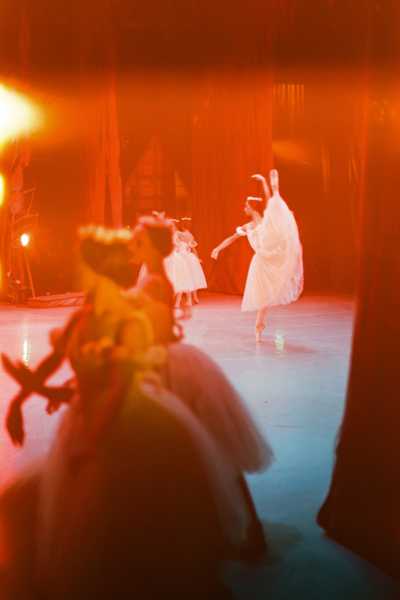
Alonso was Cuban ballet, and she was Giselle. I well remember seeing her perform the role with American Ballet Theatre (where her career first took off) at the Metropolitan Opera in 1977. I was with my mother and had to cross a picket line of anti-Castro protesters, and wait as police cleared the house after a bomb threat. For much of her career, Alonso was partially blind and she had learned to navigate a stage, and a partner, without relying on sight. I don’t know how much she could see that night, but I remember the poignancy of her aging body (she was fifty-seven), the careful calculations of her movement. She seemed to be dancing in her own world—a quality that is uncannily present in Markosian’s shadowy, ghostly bride.
There is another bride in this story, too—one from Markosian’s own past. Her ballet bride recalls an earlier photograph, in which she reimagines her mother as what looks like a kind of fairy-tale bride. The image was part of a project that used staged photographs to re-create the story of how Markosian, who was born in Moscow, came to the United States. The tale, as mythic as any ballet, begins after the fall of the U.S.S.R. Markosian’s mother found herself poor and alone in Moscow with two small children. In the evenings, she took solace in watching, with her daughter, the American soap opera “Santa Barbara.” Intoxicated by its glamorous California ethos, and desperate to leave Russia for a better life, she contacted an agency that matched women with American men and placed an ad that was answered by a man in Santa Barbara. One night, she woke her bewildered children and took them to the airport, where they all boarded a flight to a new life with this unknown man, who became their stepfather.
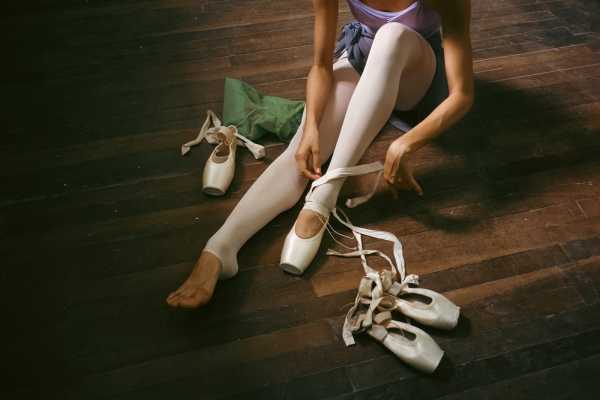

Markosian says that one question animating her interest in the Cuban dancers is “What motivates them to stay?” This eternal question of displacement and exile is a touchstone of Markosian’s work. Another project, “1915,” was about survivors of the Armenian genocide (her parents are Armenian). The Cubans are part of this larger and more personal pursuit. Life in Cuba is hard, and the National Ballet has long been in decline. (When I saw the company in 2011, the performances seemed painfully old-fashioned and quaint.) Many dancers have emigrated and those who remain find themselves living in the long aftermath of a defining twentieth-century experiment in politics and art. The consequences in their lives are real. Alonso’s company once had more than a hundred dancers; there are now fewer than fifty. The themes of Markosian’s photographs are familiar: betrayal, rage, madness, disappointed love, mourning and unrecoverable loss. To her question “What motivates them to stay?,” the photographs suggest an answer. The dancers stay because they are busy sewing, stitching, arranging, holding together their collective bodies and souls. They stay, for now, because that’s where they are.
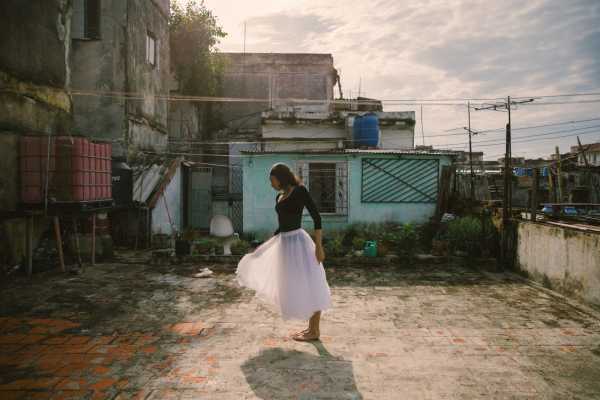
Sourse: newyorker.com


